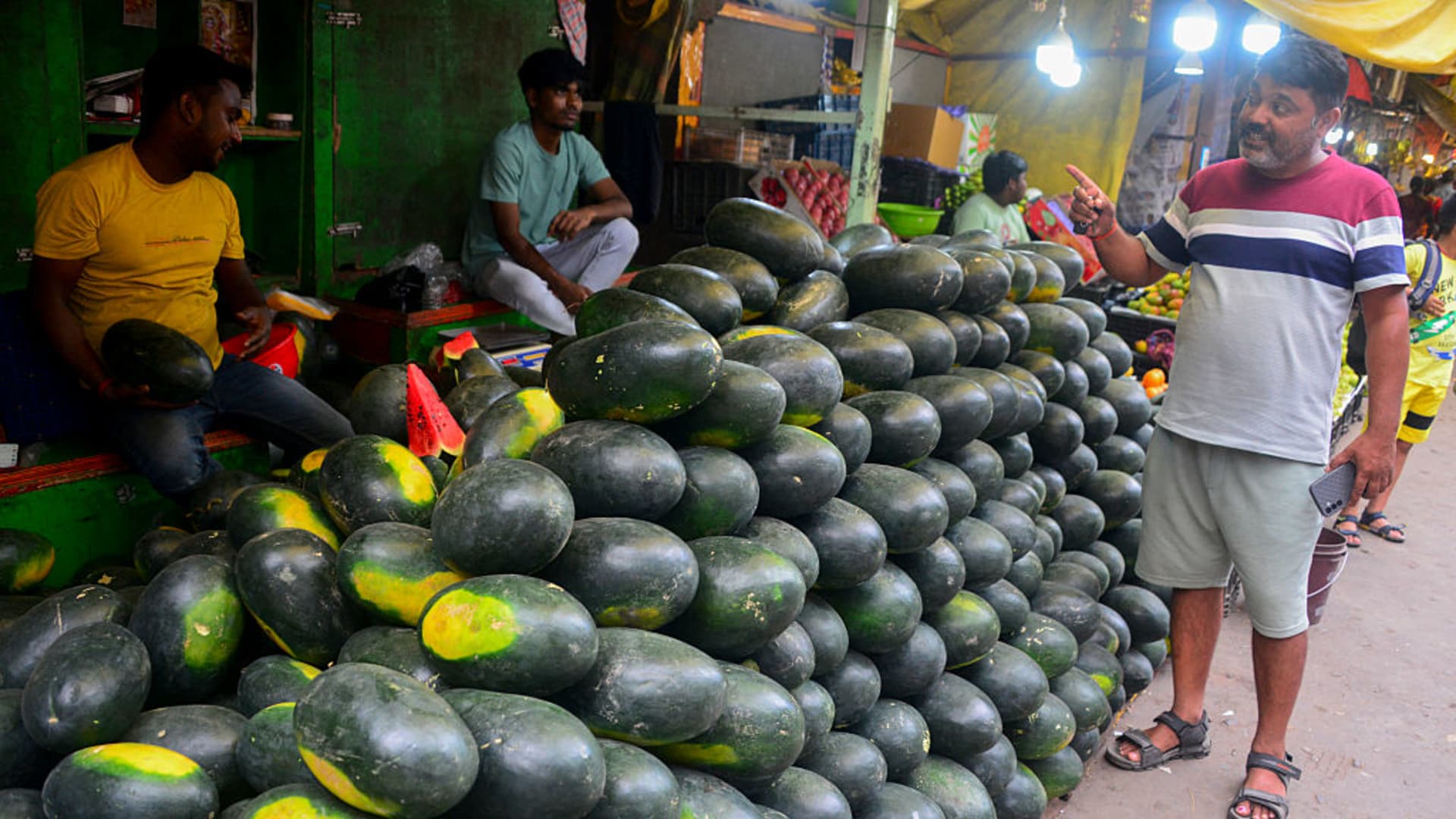India’s Inflation Trend: A Detailed Analysis
Introduction
India’s inflation rate has been on a significant downward trajectory, with far-reaching implications for the country’s economic policy and consumer behavior. The latest data reveals a continued easing of inflation, primarily driven by moderating food prices. This analysis explores the recent trends, the factors influencing these changes, and the potential impacts on the Indian economy.
Recent Inflation Trends
March 2025: A Significant Decline
In March 2025, India’s inflation rate decreased to 3.34%, marking a notable drop from the previous month’s 3.61%. This decline was the fifth consecutive month of slowing inflation and represented the lowest rate since August 2019. The easing was largely attributed to a softening in food prices, which hold substantial weight in the consumer price index (CPI). This downward trend is a critical indicator of the economic shifts occurring in the country, reflecting both short-term market dynamics and longer-term structural changes.
April 2025: Continuing the Downward Trend
The downward trend continued into April 2025, with the inflation rate further easing to 3.16%. This marked the sixth consecutive month of decline and was lower than the 3.27% expected by economists polled by Reuters. The moderation in food prices and a high base effect from the previous year contributed to this easing, offering some relief to policymakers amidst global inflationary pressures. This sustained decline suggests a more stable economic environment, which is crucial for long-term planning and investment.
Factors Driving the Decline
Food Prices
Food prices have been a significant driver of inflation in India, and their moderation has been a key factor in the recent decline. The cost of cereals, pulses, and other essential food items has shown a deceleration in price increases, contributing to the overall easing of inflation. For instance, the price of cereals rose by 5.35% in April, down from 5.93% in March, while pulses saw a price decrease of 5.23% compared to a 2.73% fall in the previous month. This stabilization in food prices is a direct result of improved agricultural productivity and better supply chain management, which are essential for maintaining economic stability.
Base Effect
The high base effect from the previous year has also played a role in the recent inflation trends. Comparing prices to a higher base from the previous year can result in a lower year-on-year inflation rate, even if absolute price increases remain significant. This statistical phenomenon can sometimes mask underlying inflationary pressures, making it crucial for policymakers to consider multiple data points and economic indicators when formulating policy.
Economic Policy Implications
Reserve Bank of India’s Response
The Reserve Bank of India (RBI) has been closely monitoring these trends. The easing of inflation has allowed the RBI to maintain an accommodative monetary policy, with interest rate cuts aimed at stimulating economic growth. The RBI’s policy rate was lowered to 6.25% in February 2025, and the continued easing of inflation may pave the way for further rate cuts. This accommodative stance is designed to encourage borrowing and investment, which are vital for economic recovery and growth.
Government Policies
The Indian government has also been implementing various measures to control inflation, particularly in the food sector. Initiatives aimed at improving agricultural productivity, enhancing supply chain efficiency, and stabilizing food prices have contributed to the moderation in inflation. These policies are part of a broader strategy to ensure food security and economic stability, which are essential for sustainable development. The government’s proactive approach in addressing inflationary pressures is a testament to its commitment to economic stability and growth.
Impact on Consumers and Businesses
Consumer Spending
The easing of inflation has provided some relief to consumers, as the cost of living has increased at a slower pace. This has positively impacted consumer spending and purchasing power, particularly for essential goods and services. Increased consumer spending is a key driver of economic growth, as it stimulates demand and encourages businesses to invest in production and innovation. This virtuous cycle is crucial for sustaining economic momentum and improving living standards.
Business Environment
For businesses, the stable and declining inflation rate has created a more predictable environment for planning and investment. Lower inflation reduces the risk of eroding profit margins due to rising input costs, encouraging businesses to invest and expand. This stability is essential for fostering a competitive business environment, which is crucial for innovation, job creation, and economic growth. A stable inflation rate also attracts foreign investment, which is vital for technological transfer and economic development.
Conclusion: A Balanced Outlook
The recent trends in India’s inflation rate present a balanced outlook for the economy. While the easing of inflation is a positive development, it is essential to maintain vigilance and continue implementing measures to control price increases, particularly in the food sector. The RBI and the government must strike a delicate balance between stimulating economic growth and ensuring price stability. As India navigates through these economic challenges, the continued moderation of inflation bodes well for sustained growth and stability. The journey ahead requires continuous monitoring, adaptive policymaking, and a commitment to economic reform, ensuring that India can achieve its long-term economic goals and improve the lives of its citizens.

